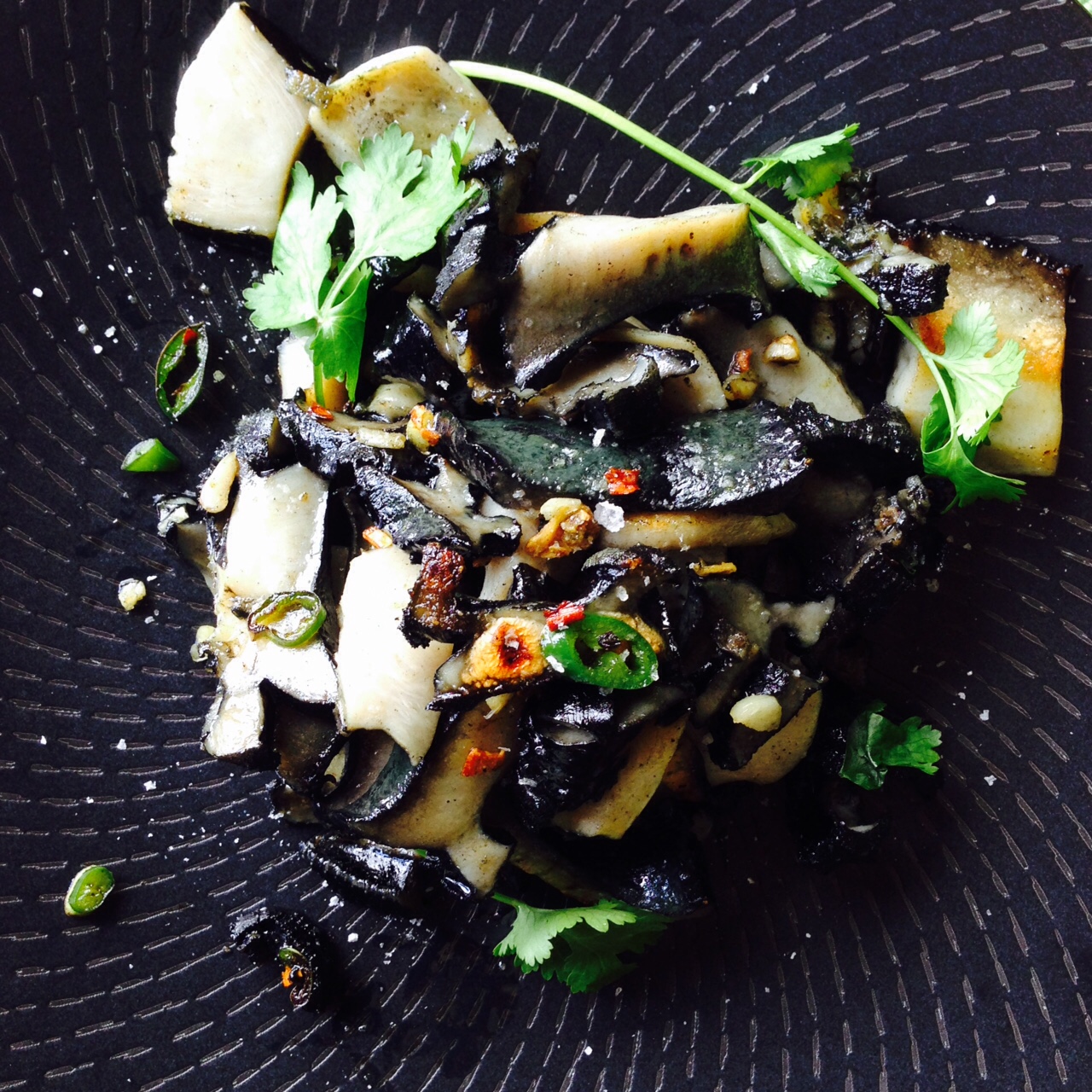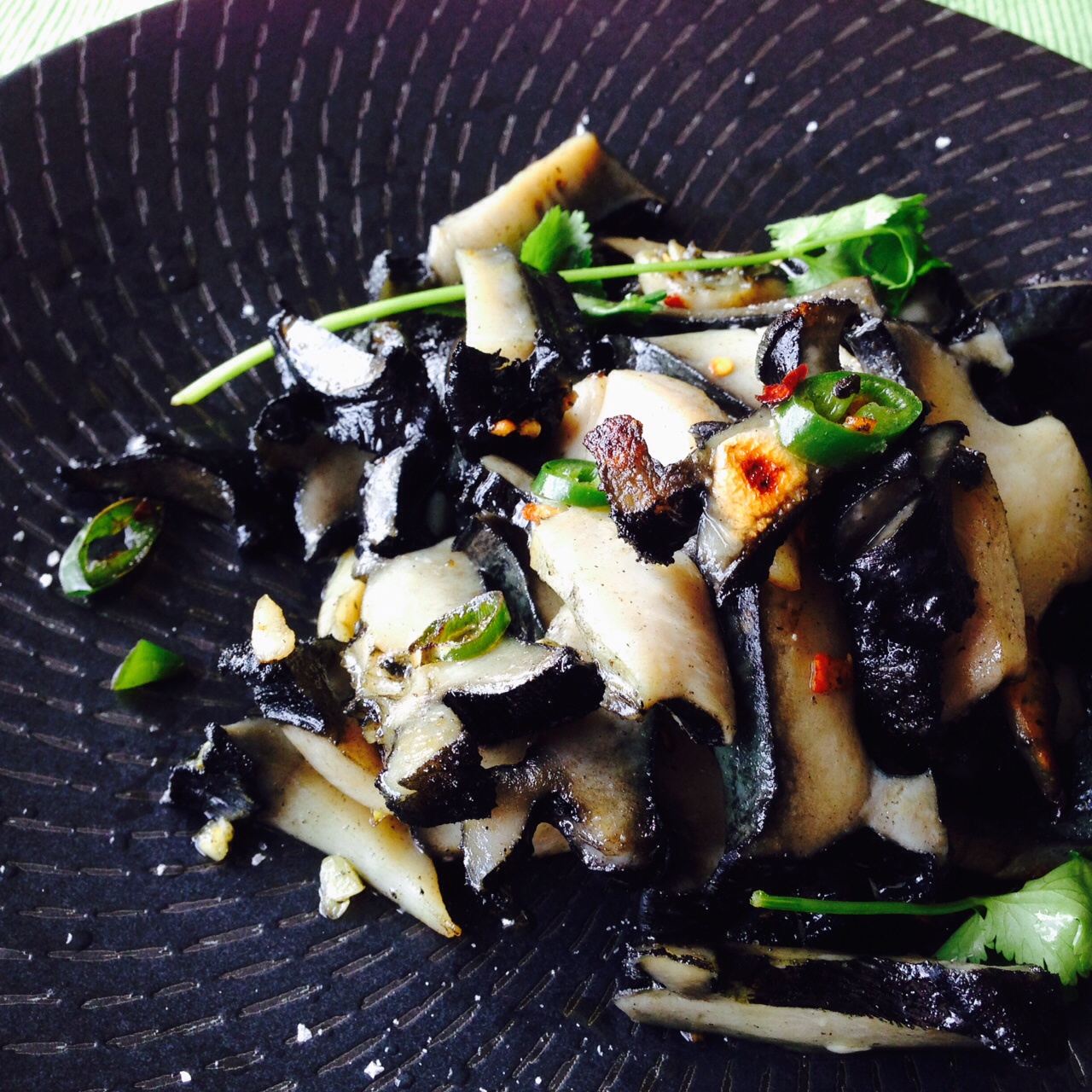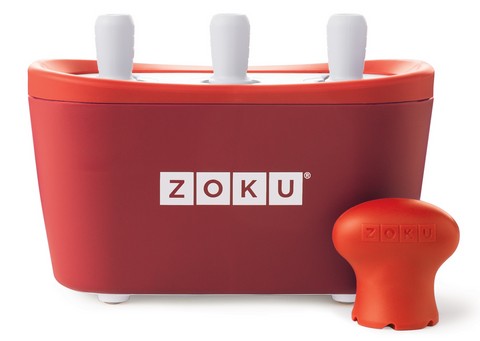Four years ago, not long after my mother died, someone I didn’t know very well left a lemon verbena tree on our doorstep. I found this gesture incredibly touching and kind, not least because my parents’ garden had a huge lemon verbena tree and Mum often made tea from the leaves. I’m not sure if I ever properly thanked her – but Kate, if you’re reading this, I often think of that kindness when I walk past the tree.
The tree has thrived, despite my neglect, but I seldom do anything with the leaves except for the occasional cup of tea. Then, while pottering around in the kitchen a week or so ago, I made this syrup and the whole house smelled like lemon verbena. It was gorgeous.
If you’ve got a lemon verbena tree, make this syrup now to get a dose of that intense lemony sherbet flavour in the depths of winter (or scent your house with it in summer). You can use it in drinks (nice with soda, or with very cold vodka as a kind of martini-ish number), or pour it over vanilla ice cream, or use it in this simple and elegant fruit salad (recipe follows). I’m thinking a lemon verbena sorbet could be next…
Lemon Verbena Syrup
1/2 cup boiling water
1/2 cup caster sugar
1 packed cup lemon verbena leaves
Put the water and sugar in a small pot and set over medium heat. Stir until the sugar has dissolved, then lower the heat and add the lemon verbena. Let bubble gently for five minutes, then remove from the heat and leave to cool.
When the syrup has cooled completely, strain it through a fine sieve into a sterilised bottle or jar. Discard the lemon verbena leaves or use them as a garnish (they will be almost candied). Makes about 1/2 cup.
Simple fruit salad with lemon verbena syrup
2 white-flesh peaches
2 apricots
2 dark-fleshed plums
1 1/2 cups blueberries (or boysenberries)
1/4 cup lemon verbena syrup
Cut all the stonefruit into slim wedges – about eight slices – and put in a bowl. Pour over the syrup and stir gently, then add the berries. This can be done in advance, but I think it’s nicest at room temperature rather than fridge-cold. Serves 4-6.





